DeepSeek R1, a powerful large language model, isn’t just for cutting-edge machines. It can also run on older hardware, giving new life to computers many thought were obsolete. This opens doors for wider access to AI technology, especially for those with limited resources.
The demand for powerful computing resources often leaves older machines behind. Many individuals and communities have computers that are still functional but lack the specifications for the latest software. DeepSeek R1’s adaptability changes this. It offers a chance to repurpose these machines for meaningful tasks.
DeepSeek R1’s ability to run on less powerful hardware stems from its design. Developers focused on creating a model that could operate with limited memory and processing power. This involved algorithmic optimizations and a focus on resource management. The result is a language model that can perform complex tasks without requiring the latest graphics processing units (GPUs) or massive amounts of random access memory (RAM).
This development has several practical implications. Schools and libraries with older computer labs can now introduce students to AI technology without needing expensive upgrades. Individuals with older home computers can explore the capabilities of a large language model. Communities with limited access to technology can benefit from the power of AI.
One example of this impact can be seen in a pilot program in a rural school district. The district had a computer lab with machines that were several years old. They couldn’t afford to replace them. By installing DeepSeek R1, the school was able to offer students hands-on experience with AI. Students used the model for writing assistance, research, and language learning.
Another use case can be found in community centers. These centers often have older computers available for public use. DeepSeek R1 allows these centers to offer valuable AI-powered services to their communities. Job seekers can use the model to refine their resumes. Students can get help with their homework. Individuals can access information and resources in new ways.
The process of installing DeepSeek R1 on older hardware is straightforward. Users download the software package and follow the installation instructions. The model is designed to be user-friendly, even for those with limited technical skills. Detailed documentation and support resources are available online.
While DeepSeek R1 can run on older hardware, performance may vary. Users with very old machines might experience slower processing times. However, even with these limitations, the model remains functional and provides access to its core capabilities. The developers continue to work on optimizing the model for a wider range of hardware.
The availability of DeepSeek R1 on older hardware raises important questions about access to technology. It demonstrates that powerful AI tools don’t have to be exclusive to those with the latest equipment. By making AI more accessible, DeepSeek R1 has the potential to bridge the digital divide and empower individuals and communities.
This development also highlights the importance of software optimization. It shows that clever engineering can overcome hardware limitations. By focusing on resource efficiency, developers can create powerful tools that can benefit a wider audience.
DeepSeek R1’s ability to run on older machines is not just a technical achievement. It represents a step toward democratizing access to AI. It offers a chance for more people to experience the power of this technology and use it to solve real-world problems. As AI continues to evolve, this kind of accessibility will be crucial for ensuring that its benefits are shared by all.

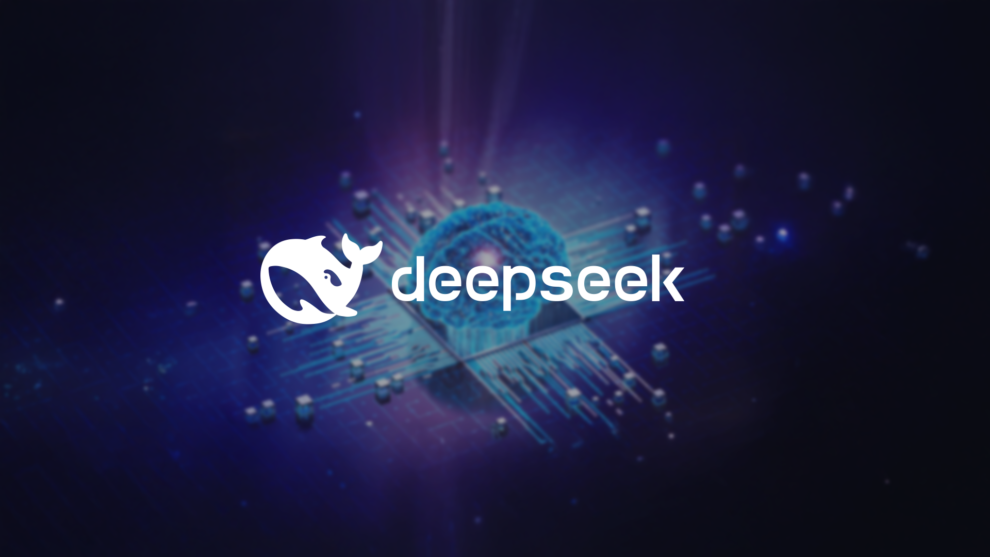




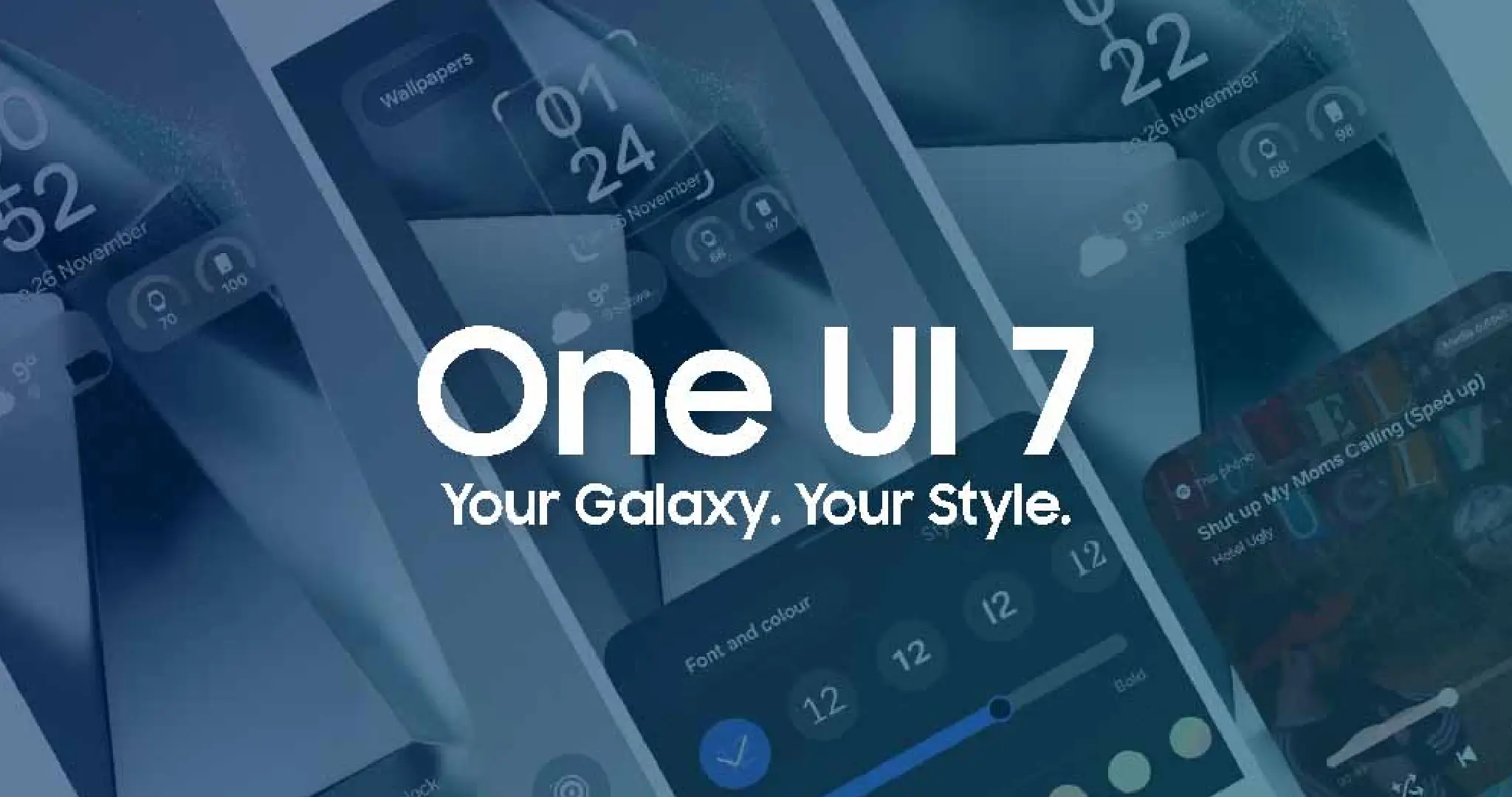
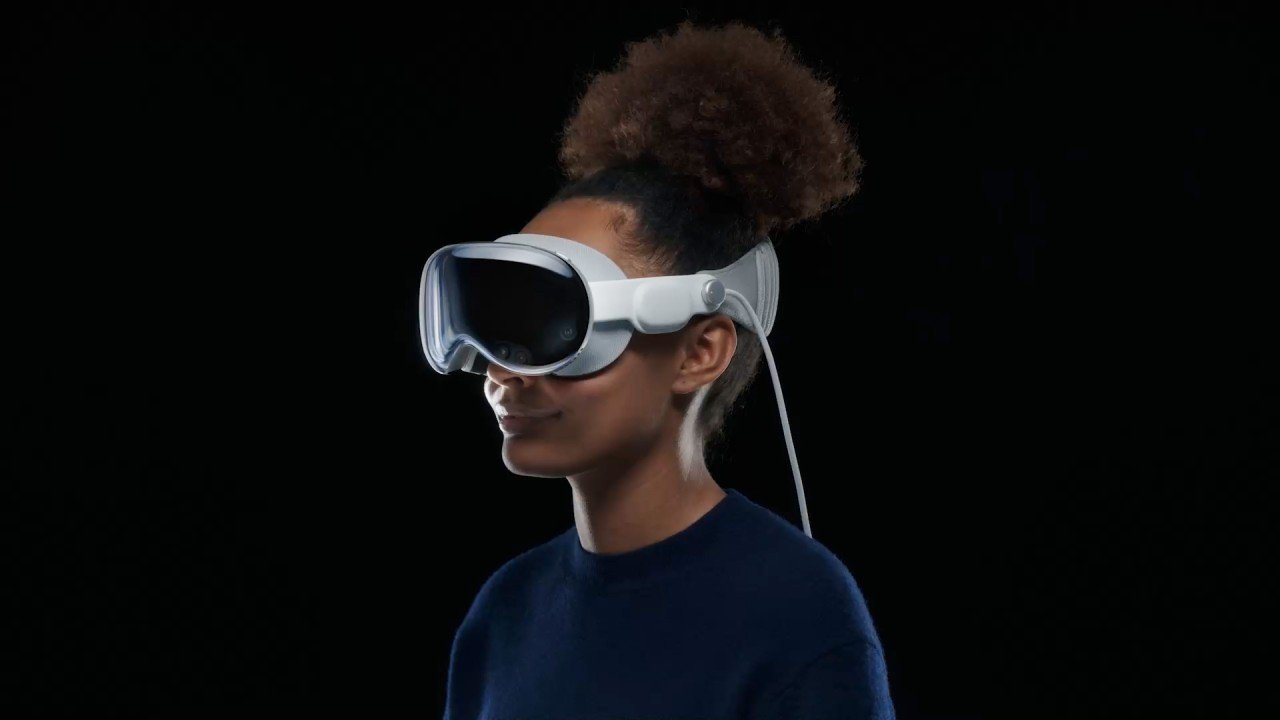

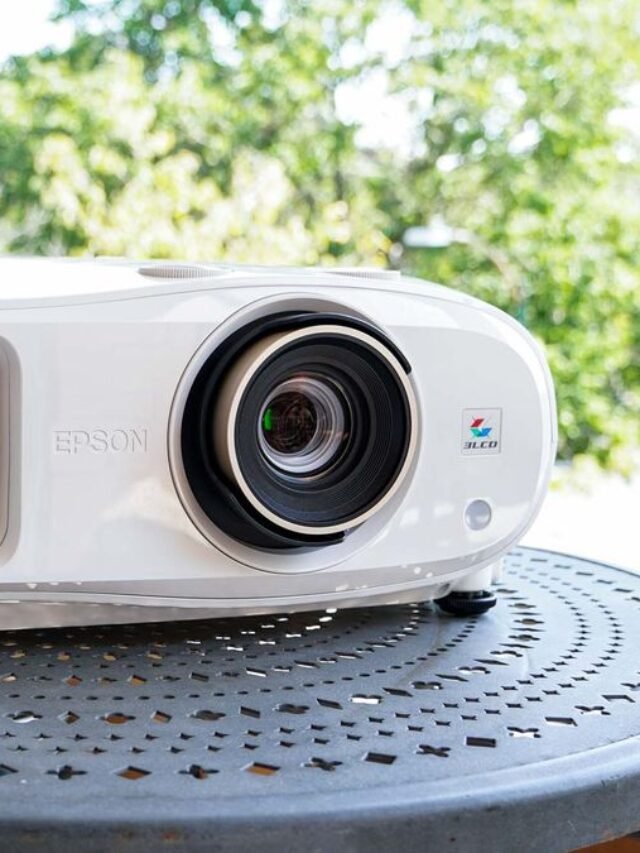
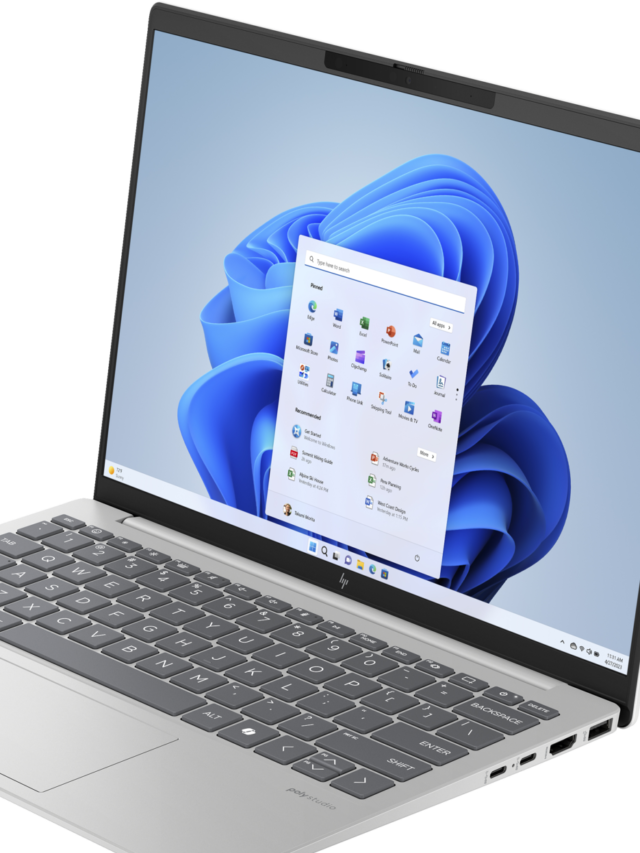

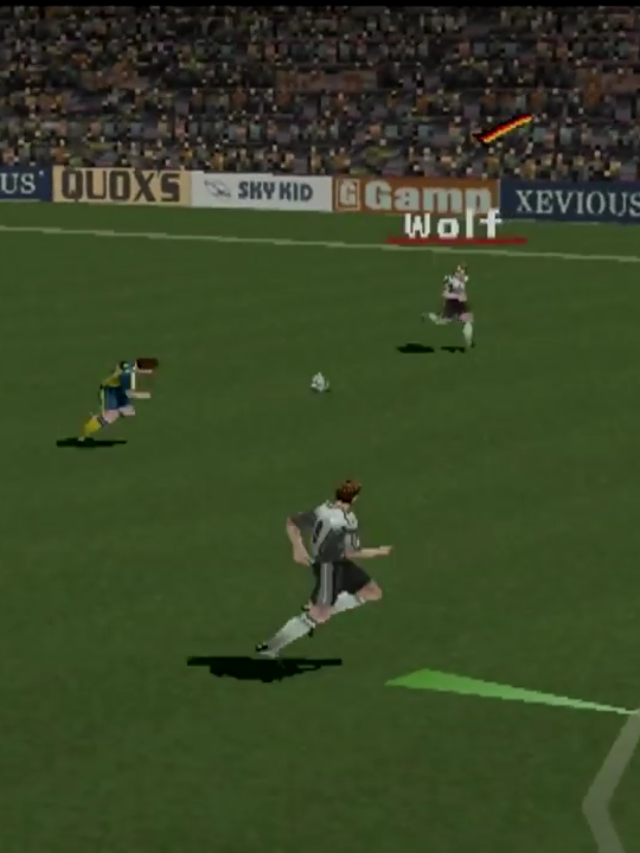

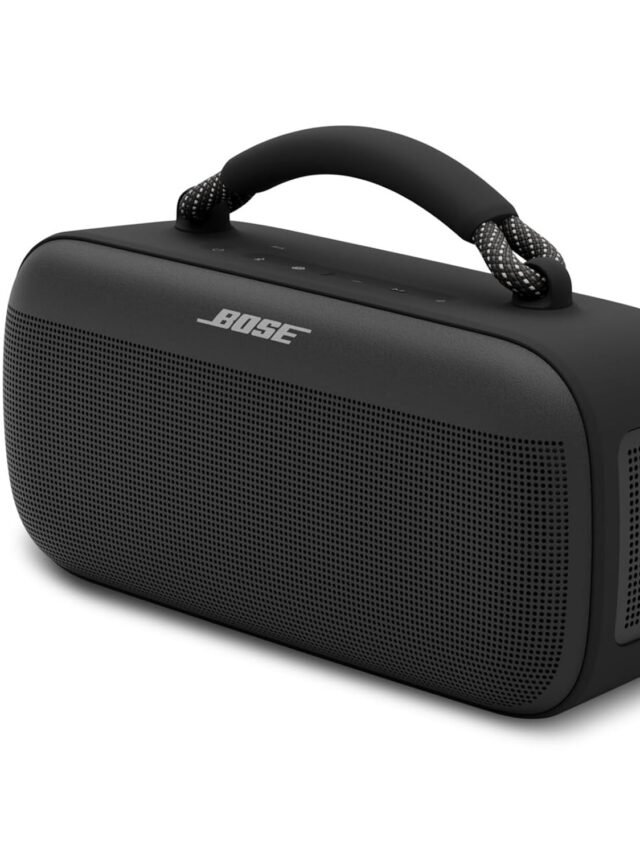



Add Comment